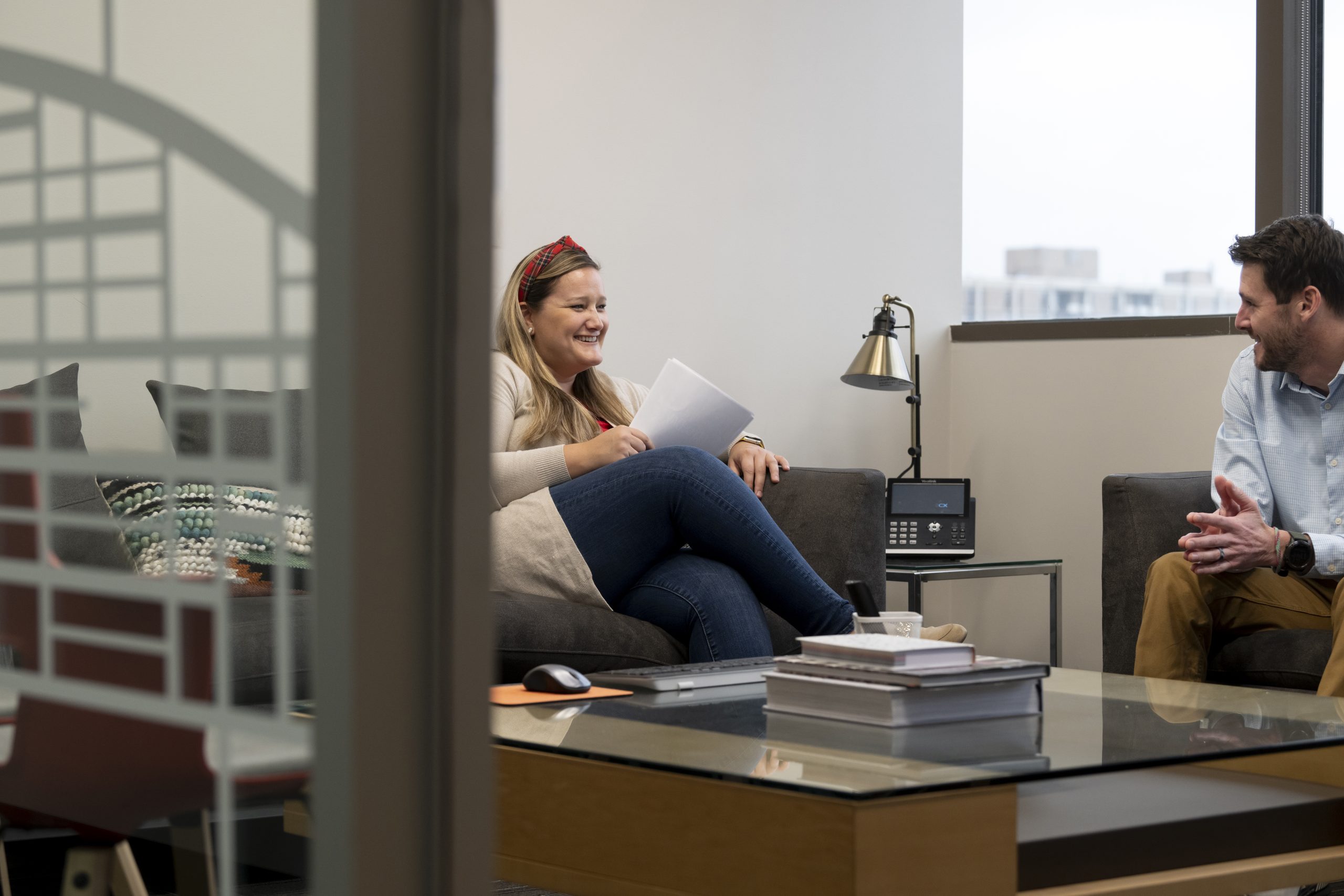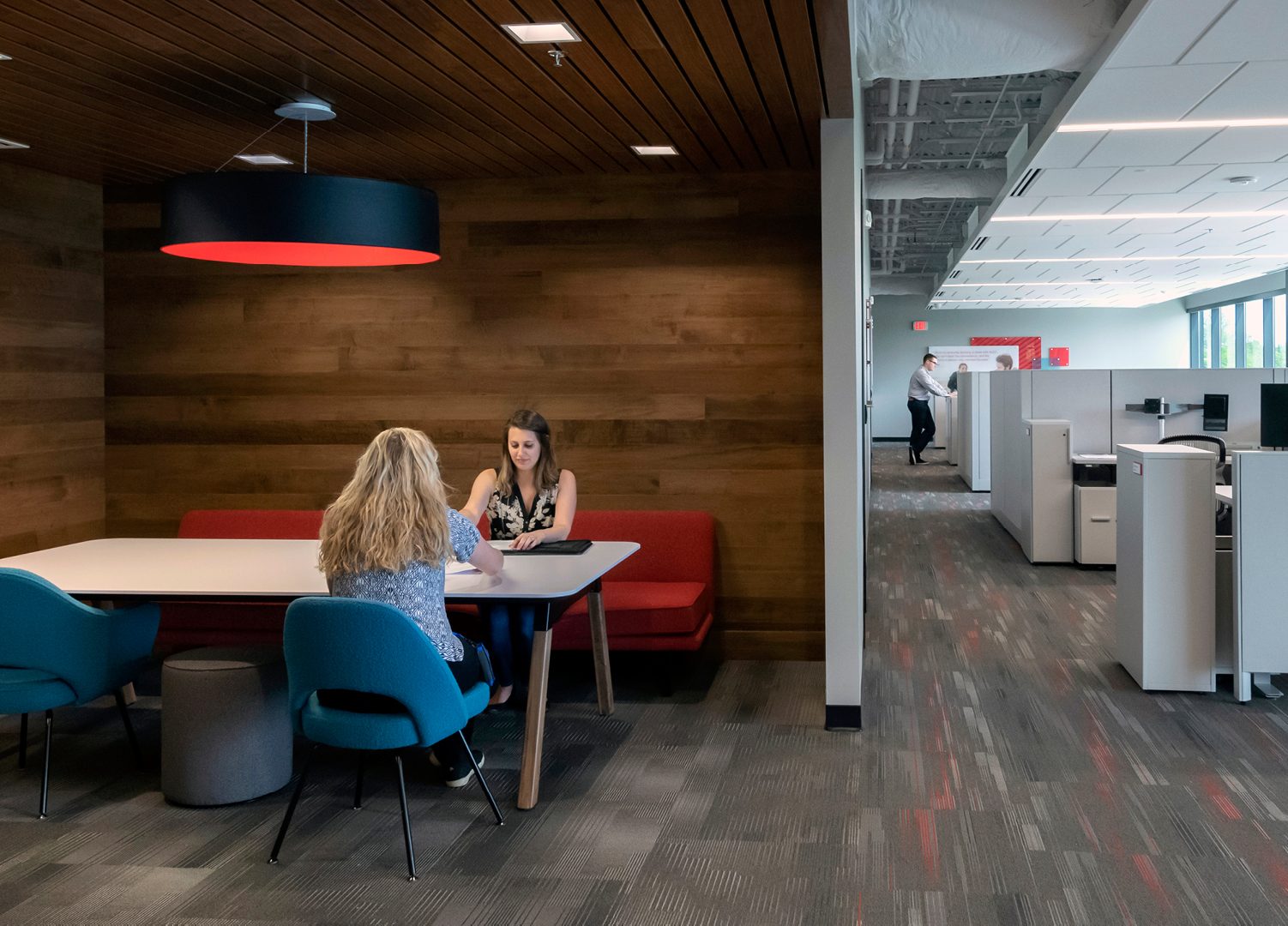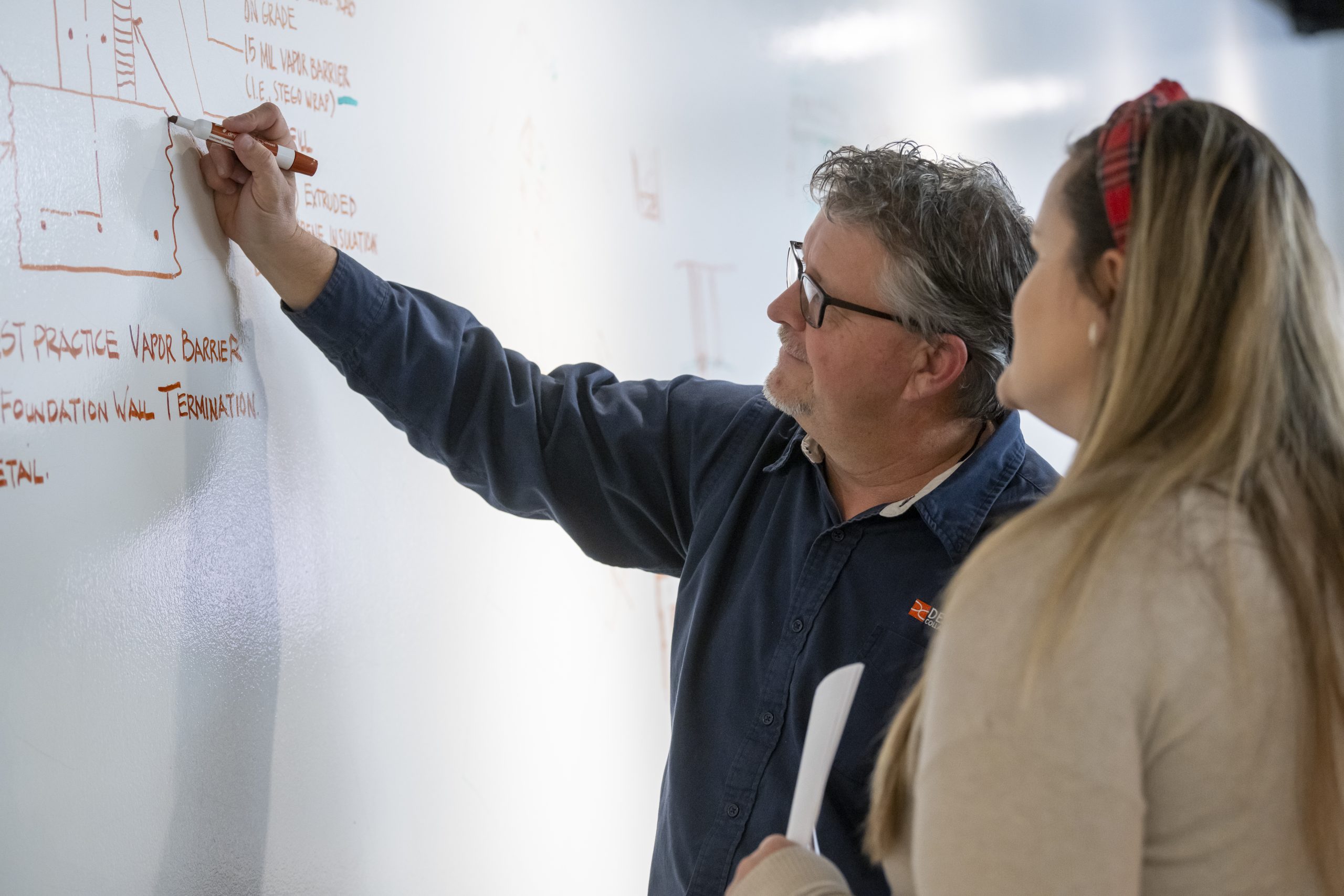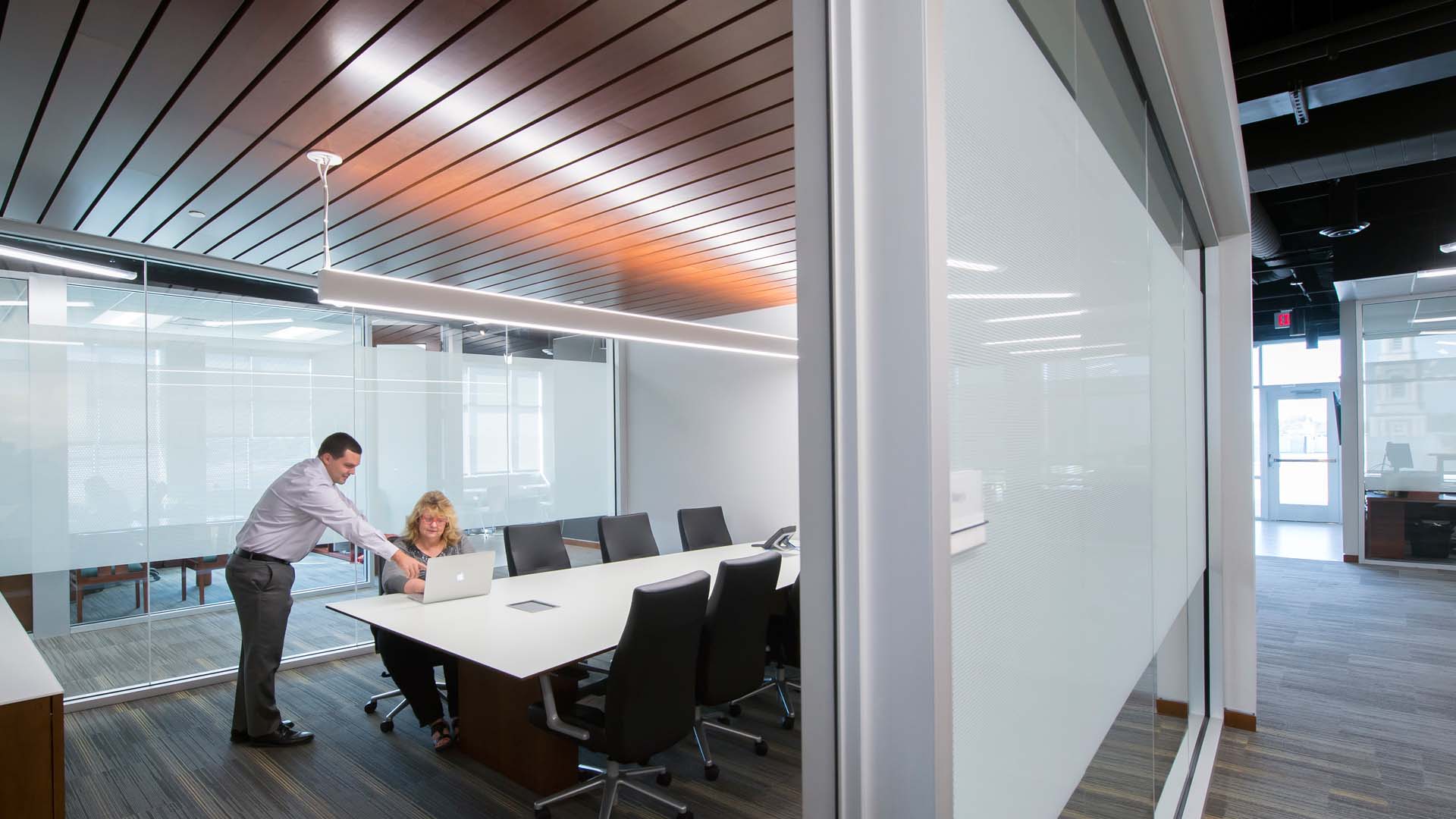Mastering the Art of Project Schedule: Expert Insights on Design and Construction
By Mike Niezer, RA Ron Dick, AIA, LEED AP
May 29, 2024Post Tagged in
Starting a build project can be intimidating, even if you’ve had experience with it before.There are so many factors that go into a successful project. We sat down with two experts in the design field, Ron Dick (Founding Partner and Architect) and Mike Niezer (COO and Architect), to talk about everything you need to know about the entire process. They discussed what to do before you start a project, the three essential parts of a project, developing a contingency plan, and how to set a realistic schedule for your project. |

|


|
Follow along with this series to hear what they have to say about each step in the process.In our first post, Before you Start: Setting your Project up for Success, we began with why it’s critical for architecture and design teams to ask questions and really listen to the answers BEFORE getting started. We then reviewed the three essential parts of an overall project, Understanding the Three Essentials of a Successful Build Project: Quality, Cost, and Size, and factoring in contingencies when looking at projects, Expecting the Unexpected: How Contingency Planning can Save Your Build Project. In this segment, we look at the importance of planning for a realistic project schedule. |

Ron Dick: There are a lot of different parts that makeup a project schedule.From the first concept on a blank piece of paper, to handing over the keys to a new space at the end of construction. Timelines are dependent on a lot of different variables, both in the design portion of the process as well as in construction. |

|


|
Mike Niezer: We like to start by asking, ‘When do you need to be in the space?’ or ‘when do you need occupancy?’.Understanding those final deliverable targets helps us work backwards to establish a schedule and process that works best. No project is the same, and so we have to apply our design process to the unique requirements of the project and schedule goals. We can also encourage a construction delivery method that can help facilitate those goals as well. Sometimes, that means engaging with a construction partner earlier on in the process, or isolating various design packages to begin sooner than others. |

Ron Dick: It’s also helpful to understand a client’s decision-making process.Are there approval layers to go through? How many? When are they? Sometimes there are starts and stops along the way, but if we can define those early on, it helps map out the overall design schedule. Sometimes, the approval piece is one that gets underestimated. If there’s a board approval or committee that needs to sign off on something, that can kind of stall momentum at the end of the design process before construction moves forward. It’s better to know when those are so they can be planned around. |

|


|
Mike Niezer: The core planning team for the Owner is another factor that impacts schedule.This team is responsible for working hand-in-hand with the design team through the design process to develop the project and be a part of the decisions being made. It is really helpful for the Owner to understand who has the bandwidth and appropriate knowledge of the project to participate in this effort. With the right team, the schedule can go really quickly. We’ve found that smaller core planning groups often lead to more efficient and timely process, decisions, and overall schedule. Sometimes having too many stakeholders in the day-to-day decisions and progression of the design progress can slow things down. |

Ron Dick: On the design side, identifying the right team for the right project, with the right schedule, depends on a lot of factors.A lot of times, we get asked whether we can start right away, and we always try our best to say ‘Yes’. The reality is, there are all kinds of things we need to be doing with an Owner to get the project off the ground – questions that need answered, initial concepts developed, information gathered, etc. So even in cases where we can’t start an entire team immediately, we always try to get other pieces moving first so we can still meet the overall target goal. It all comes down to the specific requirements of the project, understanding the big picture goals, and sometimes getting creative with our team, our owners, and our contracting partners, to collaborate and find a way to make the schedule happen. |

|

-
Author
Mike Niezer, RA
Partner, Director of Operations,
Mike Niezer is a registered architect at Design Collaborative and serves as Healthcare Studio leader and Project Manager. Mike’s experience in healthcare ranges across various project types, including hospitals, outpatient clinical settings, and medical office buildings. He is the recent president of the Fort Wayne American Institute of Architects and is actively involved in the…
-
Author
Ron Dick, AIA, LEED AP
Partner, Senior Architect,
Ron is a founding partner of Design Collaborative and leads our workplace and financial studio. He has over 30 years of professional experience as an architect. He has a passion for finding efficient and effective solutions and driving projects forward while building consensus among stakeholders. He is the ultimate point of accountability for our team’s…